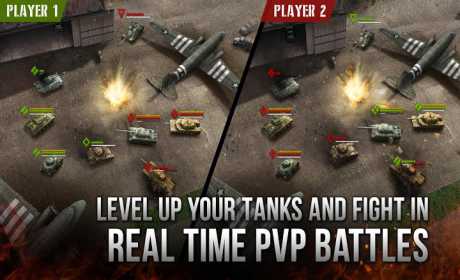


/arc-anglerfish-arc2-prod-mco.s3.amazonaws.com/public/QOI7OIQKUJHWRLMMF7F6TRHMU4.jpg)
Main article: Soviet–Japanese War § SummaryĪs agreed with the United Kingdom and the United States (Western Allies) at the Tehran Conference in November 1943 and the Yalta Conference in February 1945, the Soviet Union entered World War II's Pacific Theater within three months of the end of the war in Europe. The Soviet entry into this theatre of the war and the defeat of the Kwantung Army was a significant factor in the Japanese government's decision to surrender unconditionally, as it became apparent that the Soviet Union had no intention of acting as a third party in negotiating an end to hostilities on conditional terms. Soviet gains on the continent were Manchukuo, Mengjiang (the northeast section of present-day Inner Mongolia) and northern Korea. Army historian David Glantz used this title for a paper on the subject. Since 1983, the operation has sometimes been called Operation August Storm after U.S. It was the largest campaign of the 1945 Soviet–Japanese War, which resumed hostilities between the Union of Soviet Socialist Republics and the Empire of Japan after almost six years of peace. The Soviet invasion of Manchuria, formally known as the Manchurian strategic offensive operation ( Russian: Манчжурская стратегическая наступательная операция, romanized: Manchzhurskaya Strategicheskaya Nastupatelnaya Operatsiya) or simply the Manchurian operation ( Маньчжурская операция), began on 9 August 1945 with the Soviet invasion of the Japanese puppet state of Manchukuo.


 0 kommentar(er)
0 kommentar(er)
